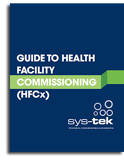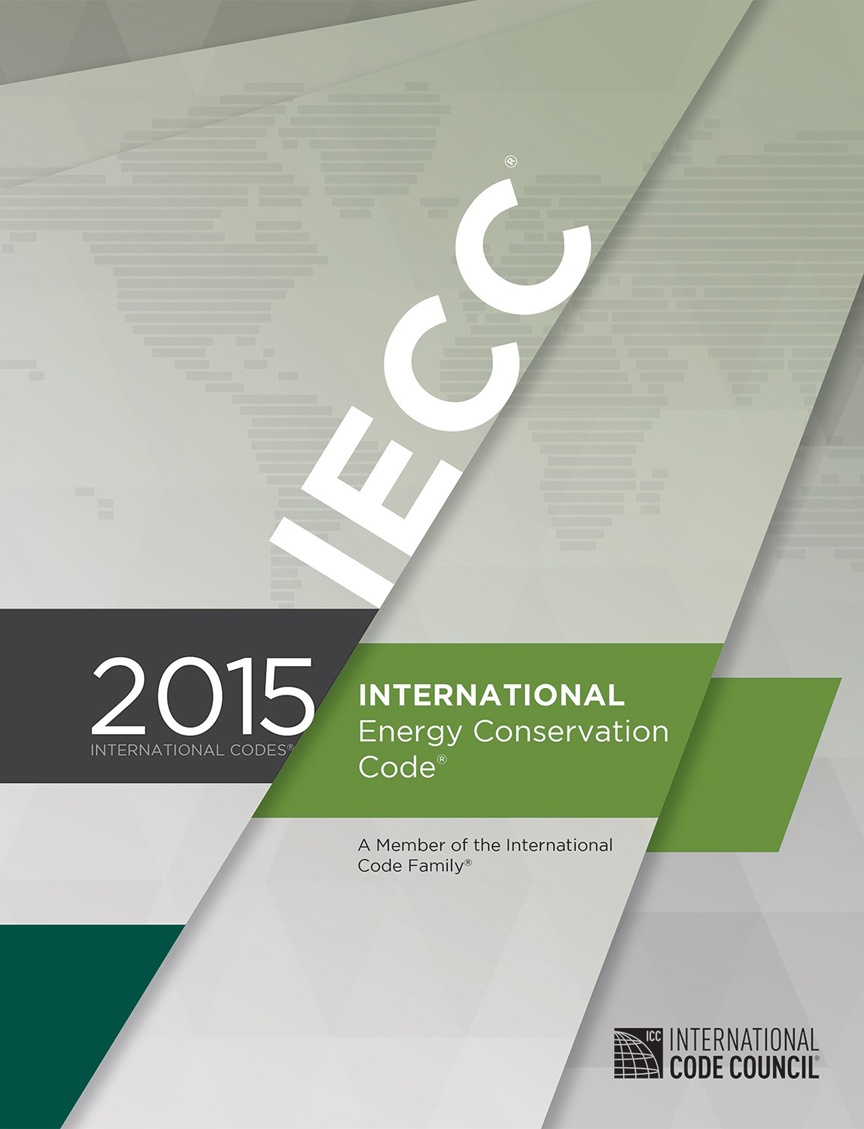Guarding against infection when commissioning a healthcare facility
Feb 20, 2014
 Beyond the general overview of retro-commissioning a healthcare facility, there are myriad specific tasks that can be done to maintain a healthy, protective climate for a hospital’s patients. Two of the most important considerations are detailed below:
Beyond the general overview of retro-commissioning a healthcare facility, there are myriad specific tasks that can be done to maintain a healthy, protective climate for a hospital’s patients. Two of the most important considerations are detailed below:
Constructing barriers
Minimizing dust circulation and preventing the diffusion of unfiltered air are chief concerns of engineers during an existing building commissioning project. Physical obstructions should be erected from floor to ceiling to segregate construction areas from functional regions of the building. Depending on the duration of the project, the barriers may need to be more permanent than simple plastic tarps. Fiberglass doors held in place with metal studs are far less flimsy than cheaper alternatives, and are also less likely to blow ajar with a gust of air from foot traffic. They also heavily dampen noise pollution, so if the retro-commissioning involves heavy machinery, this route is another perk.
Despite best efforts to contain it, dust often makes its way through such carefully placed membranes. Walk-off mats should therefore be installed both inside and outside of the construction area entrances to prevent dust from tracking off commissioning personnel’s shoes. HEPA-vacuuming is oftentimes used to remove dust from clothes in the same fashion, and disposable coveralls worn by workers also help limit the prevalence of dust. Lastly, to deal with equipment and tools, sealed or shrouded containers can be utilized to keep dust and pathogens exclusive to the work area.
HVAC testing
Infection control commissioning should be carried out as one of the final steps after new equipment and devices are completely installed. The infection inspection relies heavily on HVAC system cleanliness.
A telltale sign of infection is dust. A messy area is usually contaminated in many ways, not just one, so if you find dust you also often find infection sources. A simple white glove test can confirm the presence of dust, and if an area fails, it should be promptly cleaned again, then subjected to another inspection.
The inside of HVAC systems, however, can be a bit more complicated to sterilize. Such areas require laser particle counters to accurately count the presence of single particles in an area. Above and beyond the particles counts, the HVAC system should also be inspected for cracks, leaks or other damage that could result in the spill of particles back into the vents even after being cleaned.
Hospitals are hotbeds of activity — even without the added stress, noise and commotion added by retro-commissioning. With these tips, hopefully you’ll be able to contain and control the way excess dust and material travels throughout the facility, so your healthcare facility can concentrate on staying focused on its true mission.
For more information about how sys-tek can help with your health care facility commissioning project, contact us.
You may be interested in these other posts on healthcare commissioning:

The Guide to Health Facility Commissioning (HFCx)
Read our FREE e-book, The Guide to Health Facility Commissioning (HFCx) and learn everything you need to know about Health Facility Commissioning.






